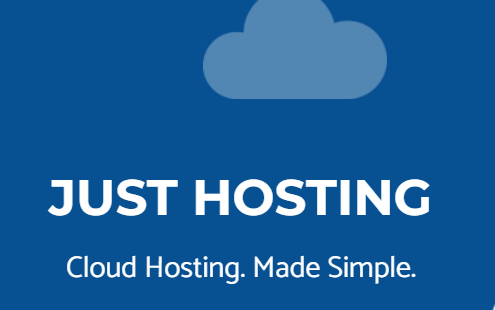Short service description for ZOMRO.COM
Zomro.com is a reliable hosting provider with vast experience in assisting clients in creating seamless online resources. Their extensive range of products includes web hosting, WordPress hosting, VPS, VPS for Forex, big storage VPS, and dedicated servers, among others. Being well-geared towards business needs, Zomro.com offers not only secure data storage but also high-speed functionality for web projects. They understand that each project is unique, and hence, they provide individual plans for various client requirements. For more details please see “Web Hosting Review for ZOMRO.COM article.
With an impressive 24/7 technical support, Zomro.com ensures that every user receives comprehensive assistance for smooth operations. The website also features promotions for dedicated servers and partnerships with significant rewards. Customers can rely on fast, feature-rich, and affordable packages, alongside free SSL certificates from Let’s Encrypt and highly reliable network infrastructures. Their hosting services are housed in Tier-III level data centers, safeguarded by the most modern network equipment and protected against DDoS attacks and online threats.
With their commitment to delivering high-quality hosting services, Zomro.com has gained a substantial clientele across various continents. By handling all the technical intricacies and offering clients a well-rounded solution, Zomro.com has become the go-to hosting provider that both individuals and businesses can trust.
Package and Price Range
| Package Name | Price Range |
|---|---|
| Shared Hosting | $2.86 - $13.23 |
| Wordpress Hosting | $2.86 - $15.34 |
| VPS Hosting | $4.32 - $21.88 |
| Dedicated Server Hosting | $54.12 - $286.73 |
Shared Hosting Pricing Package and Features
VPS Hosting Pricing Package and Features
Dedicated Server Hosting Pricing Package and Features
Web Hosting Review for ZOMRO.COM: Powering Websites, the Affordable Way
Choosing the right web hosting service can be a real task with an array of options available. In our endeavor to make this process easier for you, we detail out the offerings of ZOMRO.COM in this Web Hosting Review for ZOMRO.COM.
ZOMRO.COM: An Overview
Opening our Web Hosting Review for ZOMRO.COM, this hosting provider emerges as an affordable solution for businesses and individuals alike. Based on the information at hand, ZOMRO.COM offers a range of services including shared hosting, WordPress hosting, VPS, VPN, DDoS protection, and much more.
Affordable Hosting Plans: Diversity in Offerings
Going in-depth into our Web Hosting Review for ZOMRO.COM, their hosting plans cater to small-scale and larger businesses proficiently. Whether it’s the SSD-based shared hosting or the robust VPS features, ZOMRO.COM covers diverse needs. Noteworthy is their special focus on affordability without compromising on quality.
Comprehensive Protection: DDoS Protection and More
In our digital world, security becomes paramount. That’s why in our Web Hosting Review for ZOMRO.COM, we underline their dedication to providing robust security. They offer DDoS protection to guard your website against disruptive threats.
Unique Features: Distinctive Service Catalog
ZOMRO.COM offers distinct services like Big storage VPS, and WordPress-specific hosting. They even offer website care service, displaying their commitment to providing all-around web hosting solutions. Best Web Hosting Review for ZOMRO.COM
Global Clientele and 24/7 Support
Based on the data scrape, ZOMRO.COM caters to a significant international client base, thanks to its 24/7 customer support. Having support personnel available round the clock is a rarity and earns them a positive remark in the Web Hosting Review for ZOMRO.COM.
Conclusion
To sum up our Web Hosting Review for ZOMRO.COM, it’s clear that ZOMRO.COM is all about customer-centric and budget-friendly hosting solutions. Their dedication to providing comprehensive features, around-the-clock support, and strong security measures makes them a commendable choice for those who seek reliable web hosting. Best Web Hosting Review for ZOMRO.COM
Hostlecture strives to provide potential customers with in-depth insights into different hosting providers. Following this comprehensive Web Hosting Review for ZOMRO.COM, examine their services to discern if they align with your unique hosting needs. Best Web Hosting Review for ZOMRO.COM
Frequently Asked Questions & Answer
How to install MySQL 8 on Docker
How to install phpMyAdmin in Docker
What is subdomain?
How to install an SSL certificate on Windows Server
How to install RouterOS on a virtual server (VPS/VDS)
Specification: ZOMRO.COM
|











There are no reviews yet.